|
Code:
102829
|
High - powered SS۱۸ yacht soars through the water

TIN news: With a cockpit hovering high above two massive water skis, the SS18 from London's Glider Yachts looks more like an amphibious UFO than any yacht or boat we might compare it to. But it's designed for much more than just unique looks, offering a high-performance ride with enough stability, speed and comfort to sit back, sip champagne and chat with your closest friends while island-hopping at 55 knots (102 km/h).
The product of eight years of research and development, the 18-m (60-foot) SS18 debuted earlier this year to much interest and wonder. Its uniquely structured dual-hull arrangement is designed to create a blend of speed, stability and agility that more traditional forms cannot match, a combination that promises a new era of speeding across the water without worry of getting beaten up by the angry sea.
Though it appears to meet the dictionary definition of a catamaran quite neatly (two parallel hulls joined by a deck), Glider insists it is neither a traditional catamaran, nor a SWATH (small waterplane area twin hull). Instead, Glider says its specific hull dynamics work in harmony with its Stability Control System (SCS) and powertrain configuration to create a gliding motion that is quite unique, designed for a combination of SWATH-like stability and catamaran-style high-speed efficiency.
Though it appears to meet the dictionary definition of a catamaran quite neatly (two parallel hulls joined by a deck), Glider insists it is neither a traditional catamaran, nor a SWATH (small waterplane area twin hull). Instead, Glider says its specific hull dynamics work in harmony with its Stability Control System (SCS) and powertrain configuration to create a gliding motion that is quite unique, designed for a combination of SWATH-like stability and catamaran-style high-speed efficiency.
"The way it moves through the water is very different from any other boat in the world," explains Glider managing director Rob McCall. "It actually glides through the water at wave trough level. So instead of leaping from wave to wave, like conventional boats at speed, there's no up and down motion, which, in a 30-foot (9-m) conventional boat, is spine-shattering at 25 knots (46 km/h) in 2- or 3-foot chop."
As Glider tells it, this means the SS18 can sprint comfortably between the likes of St. Tropez and Monaco, or Miami and the Bahamas, in under an hour, even if the water is something less than glassy smooth. Because unlike a SWATH, which accomplishes its wave-neutralizing stabilization by planting hull volume below the water's surface, creating drag, the Glider does so with a draft of just 16 inches (400 mm), meaning less drag and more speed. In fact, Glider has made drag reduction a central component of the design, pulling dangling bits out from the water and integrating them into other areas and systems.
"Glider has no subsurface appendages," says McCall. "She has a Zero Drag Steering System. Like on fighter jets, and the Russian ones in particular, we vector-thrust for steerage and for reversing, therefore there are no rudders, fins or skegs."
As Glider tells it, this means the SS18 can sprint comfortably between the likes of St. Tropez and Monaco, or Miami and the Bahamas, in under an hour, even if the water is something less than glassy smooth. Because unlike a SWATH, which accomplishes its wave-neutralizing stabilization by planting hull volume below the water's surface, creating drag, the Glider does so with a draft of just 16 inches (400 mm), meaning less drag and more speed. In fact, Glider has made drag reduction a central component of the design, pulling dangling bits out from the water and integrating them into other areas and systems.
"Glider has no subsurface appendages," says McCall. "She has a Zero Drag Steering System. Like on fighter jets, and the Russian ones in particular, we vector-thrust for steerage and for reversing, therefore there are no rudders, fins or skegs."
The thrust is provided by an impressive bit of muscle: four sub-surface jets mounted amidships, each powered by an independently fueled and controlled 270-hp supercharged engine. That 1,080 hp pushes the vessel up to 56 knots (103 km/h).
"The two rear engines and jets are what we call main engines, and they have thrust-vectoring capabilities," says McCall. "So in-port maneuvers can be conducted just using the two rear engines - you go on and off the dock and in and out of the port very quietly. As you get out onto open water, you can open up the two engines up to 25, 30 knots. And should somebody come along that wants to have a race, you just turn on the four engines and say goodbye."
If 56 knots doesn't sound like it'll be enough to leave the boats in your neighborhood waters flopping in your wake, it's worth noting that the SS18 is both the firstborn and the baby of the planned Glider family. Next up: a 3,400-hp Hypersport version, the HS18, with two engines and two turbines combining for up to 96 knots (178 km/h) and an estimated 3.5-second 0-60 mph (96.5 km/h).
"The two rear engines and jets are what we call main engines, and they have thrust-vectoring capabilities," says McCall. "So in-port maneuvers can be conducted just using the two rear engines - you go on and off the dock and in and out of the port very quietly. As you get out onto open water, you can open up the two engines up to 25, 30 knots. And should somebody come along that wants to have a race, you just turn on the four engines and say goodbye."
If 56 knots doesn't sound like it'll be enough to leave the boats in your neighborhood waters flopping in your wake, it's worth noting that the SS18 is both the firstborn and the baby of the planned Glider family. Next up: a 3,400-hp Hypersport version, the HS18, with two engines and two turbines combining for up to 96 knots (178 km/h) and an estimated 3.5-second 0-60 mph (96.5 km/h).
While the SS18's otherworldly form largely follows function, it's also been shaped and sculpted as a seaworthy art piece.
"We wanted something elegant and beautiful that would be timeless, so we looked at the world's most beautiful classic cars, like the Ferrari GTO, the E-Type," McCall says of the initial styling process. "From that, we determined what were, to the human eye, the most beautiful shapes and forms that were timeless."
Glider then put those shapes and forms through a rigorous computational fluid dynamic analysis, ensuring that every structure and component is able to help in fulfilling the boat's overall mission of providing smooth, stable and fast performance on the water and a comfortable experience for passengers.
"We wanted something elegant and beautiful that would be timeless, so we looked at the world's most beautiful classic cars, like the Ferrari GTO, the E-Type," McCall says of the initial styling process. "From that, we determined what were, to the human eye, the most beautiful shapes and forms that were timeless."
Glider then put those shapes and forms through a rigorous computational fluid dynamic analysis, ensuring that every structure and component is able to help in fulfilling the boat's overall mission of providing smooth, stable and fast performance on the water and a comfortable experience for passengers.
On deck, the SS18 seats four passengers behind the captain's chair. Onboard equipment includes a bespoke black glass Garmin dashboard with two touchscreens managing all controls and navigation and a JL Audio premium sound system tuned specifically for the boat.
McCall says SS18 pricing will fall in the £1 million (US$1.3 million) range. Glider's first seven clients have already been qualified and await their first trials, which will commence after Glider finishes a few last tweaks and touches. The company is currently seeking 3rd round funding to support the introduction of a 12-seat, 70-knot (130-km/h) Sports Limousine model. The greater Glider family will include limousine and grand touring sports superyachts stretching from 115 to 262 feet (35 to 80 m).
McCall says SS18 pricing will fall in the £1 million (US$1.3 million) range. Glider's first seven clients have already been qualified and await their first trials, which will commence after Glider finishes a few last tweaks and touches. The company is currently seeking 3rd round funding to support the introduction of a 12-seat, 70-knot (130-km/h) Sports Limousine model. The greater Glider family will include limousine and grand touring sports superyachts stretching from 115 to 262 feet (35 to 80 m).


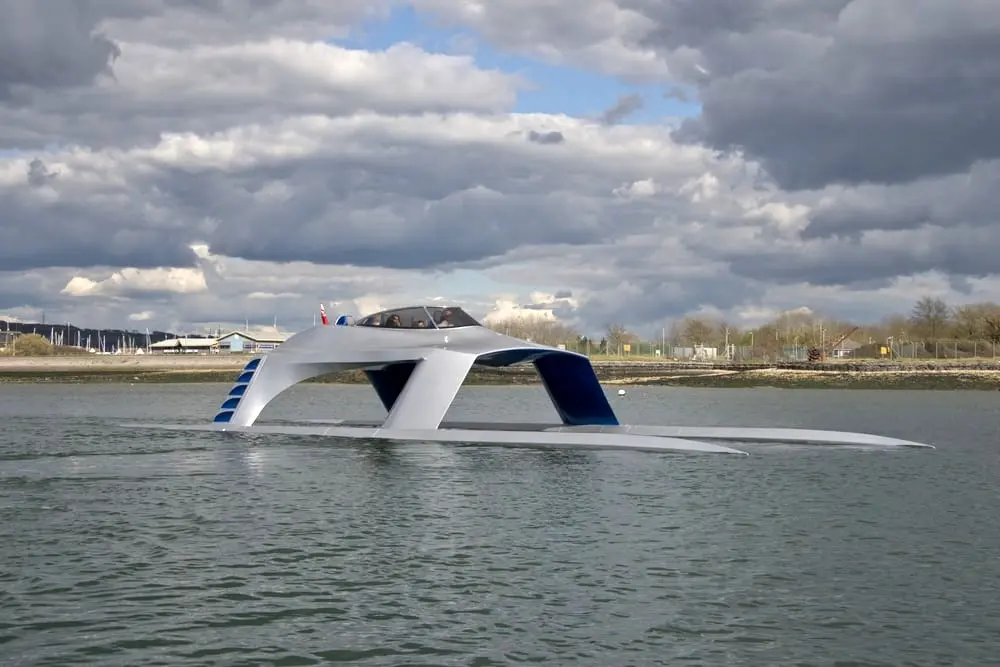
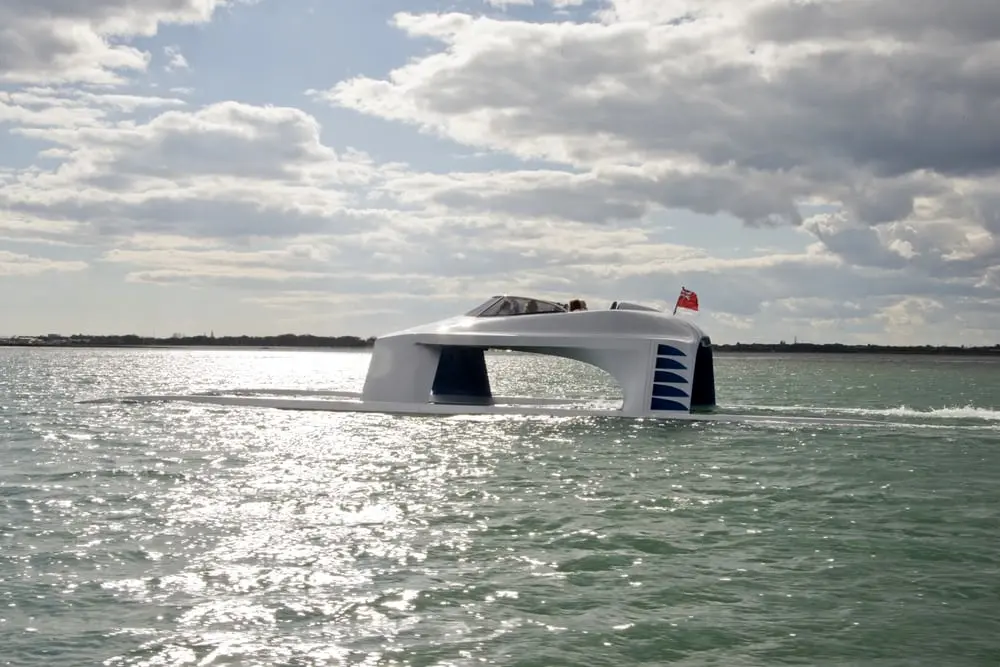



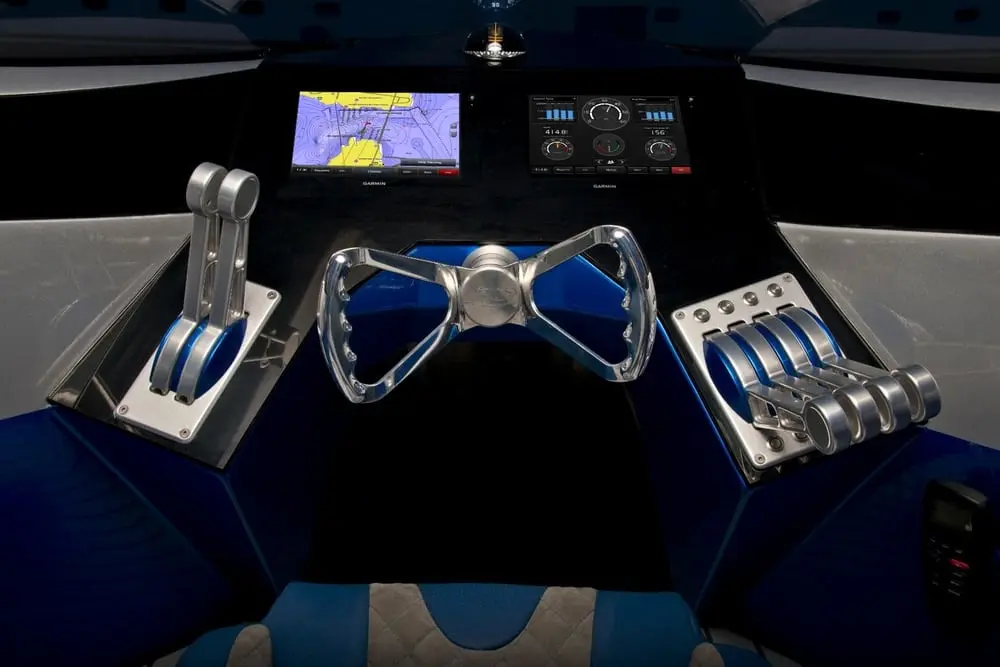
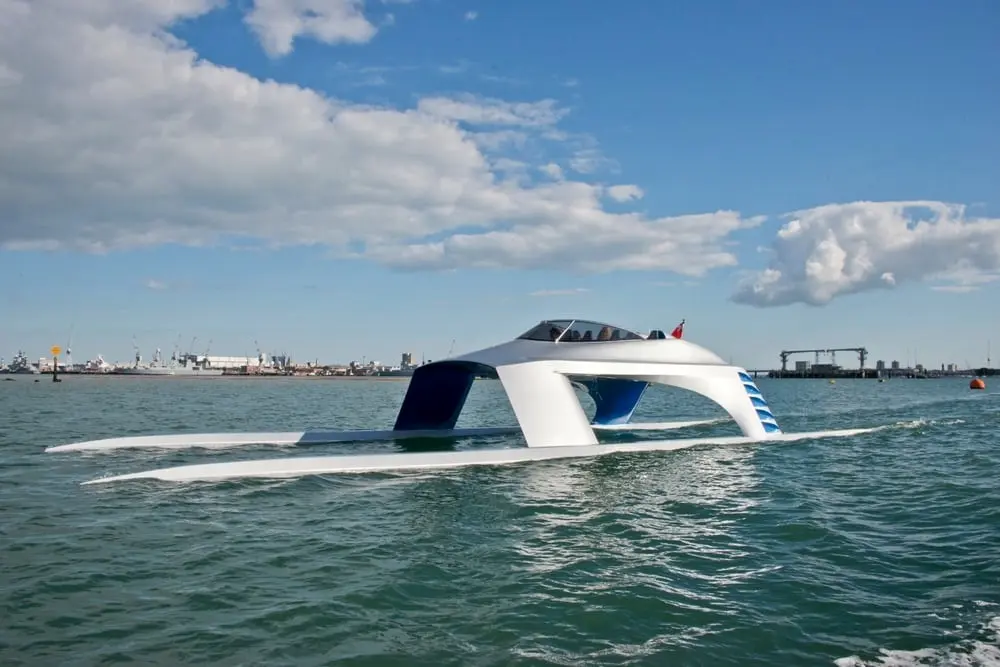
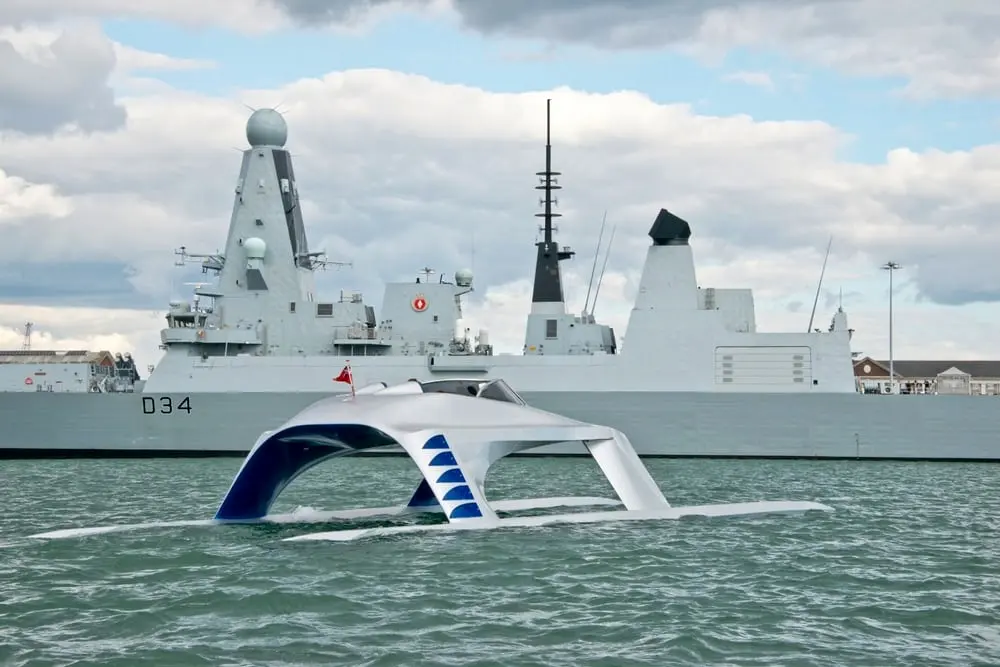
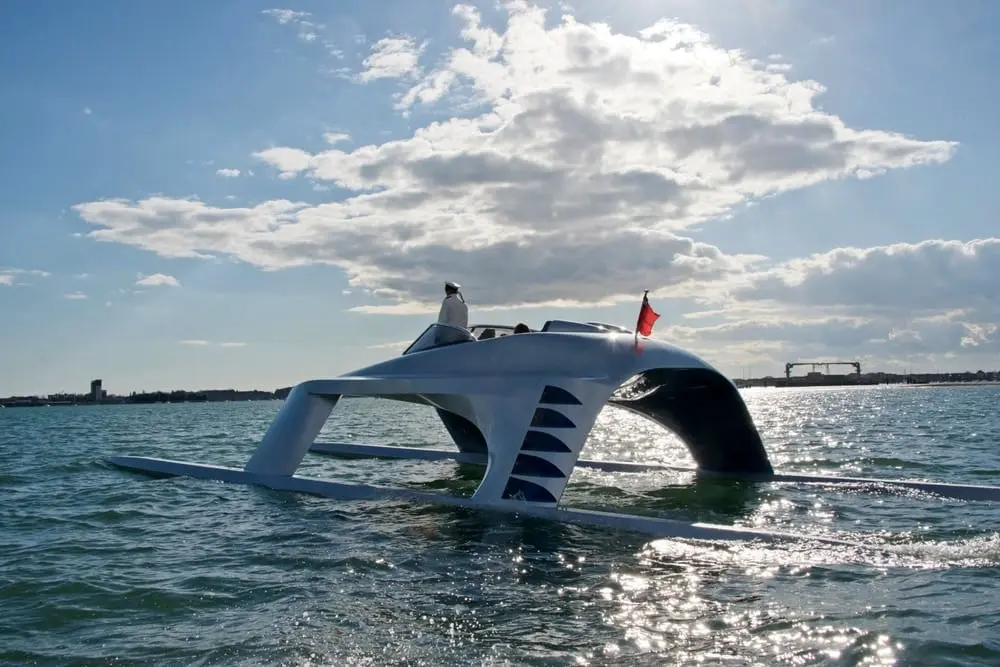
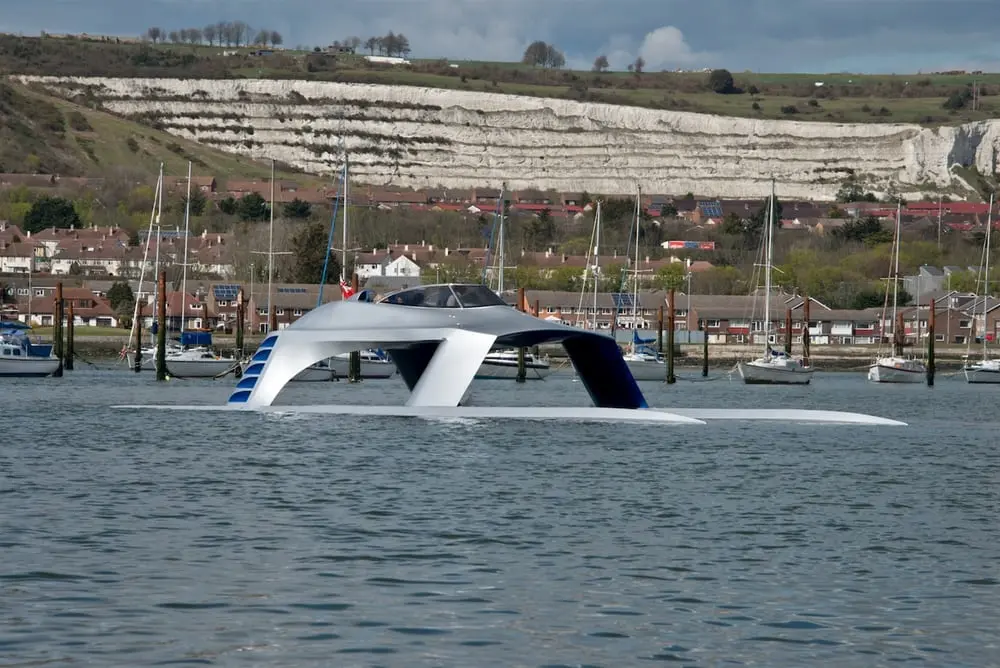
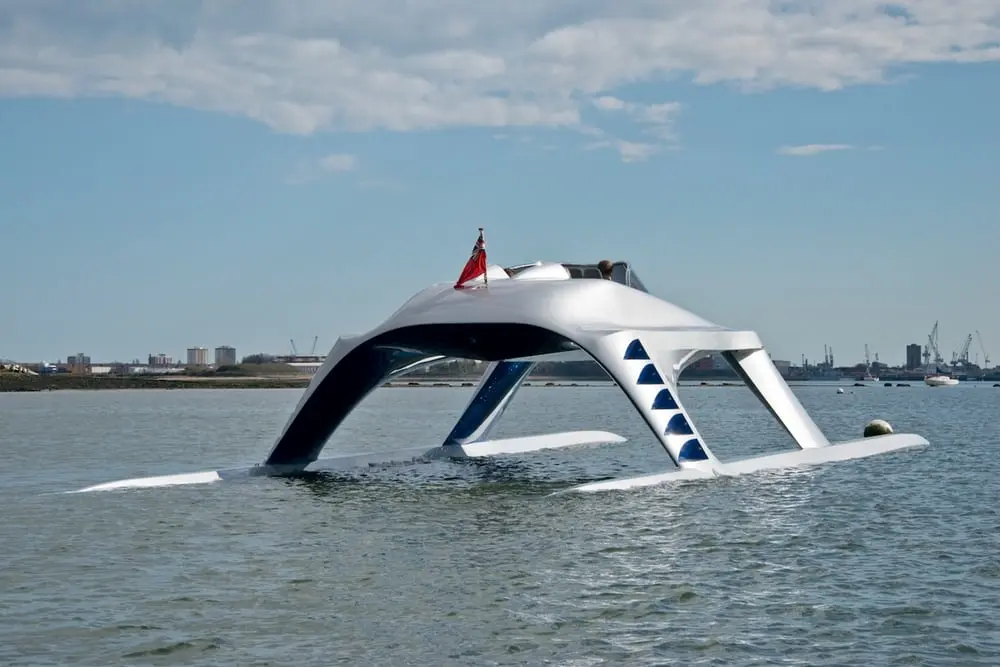

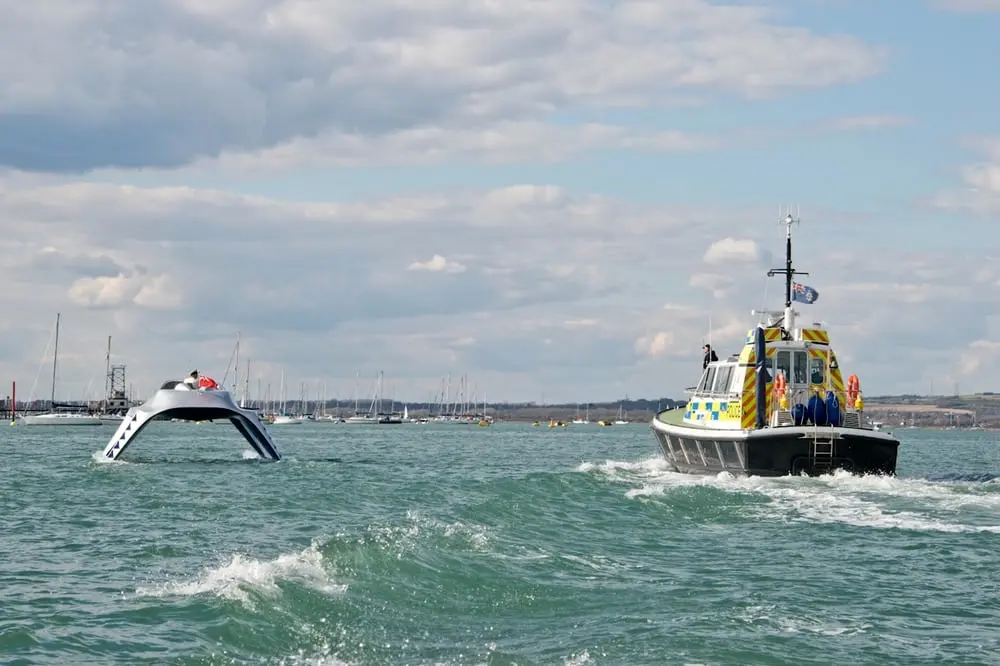
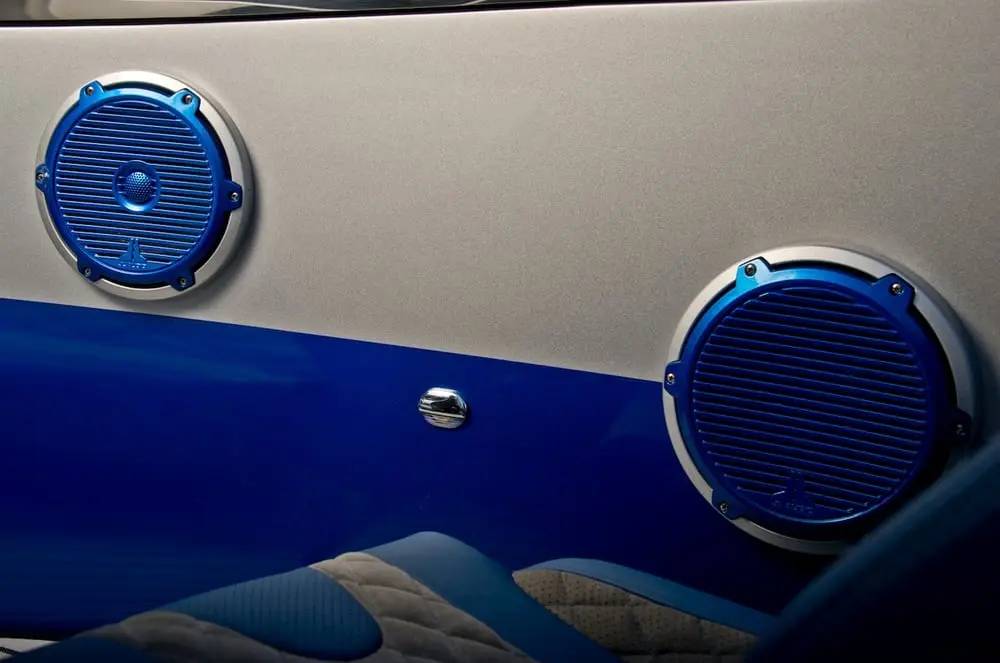
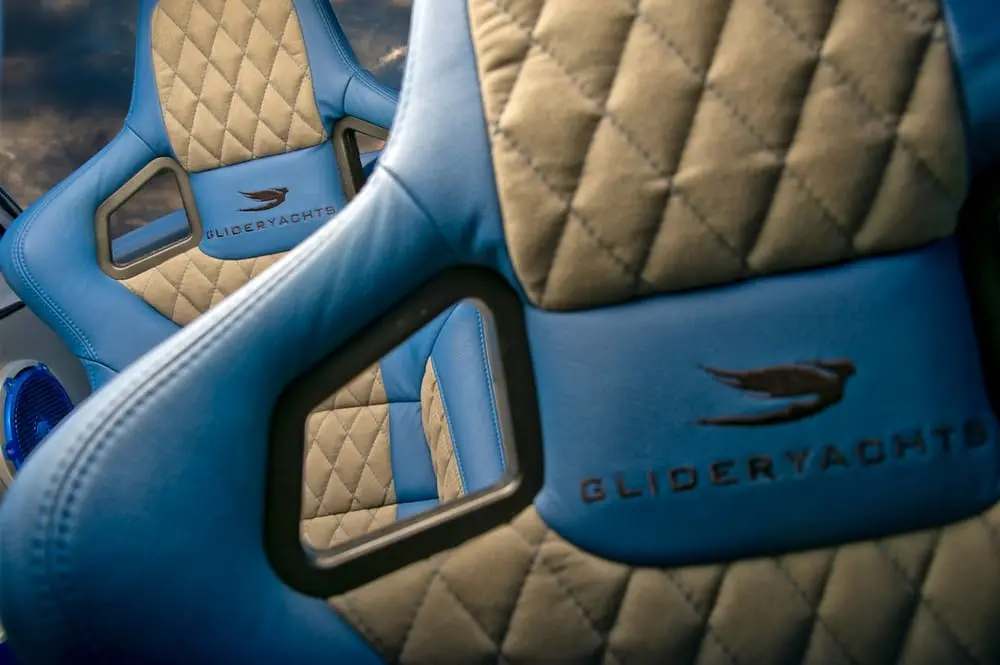













![AIRBUS A380 [MORE THAN 600 PASSENGER’S CAPACITY PLANE]](https://cdn.tinn.ir/thumbnail/4jCp4EQvCU0b/IjHVrSYQrIAqIzXuTzADR7qLYX4idQT4nfq__26E5SCUPLMqfhWkWajvuO9Wfq1ql1TjV4dhkrHliNQU82kMpo2NNftT_NGEwHc9KXtN_rk731bmifa2IQ,,/airbus-a380-structure1.jpg)

Send Comment